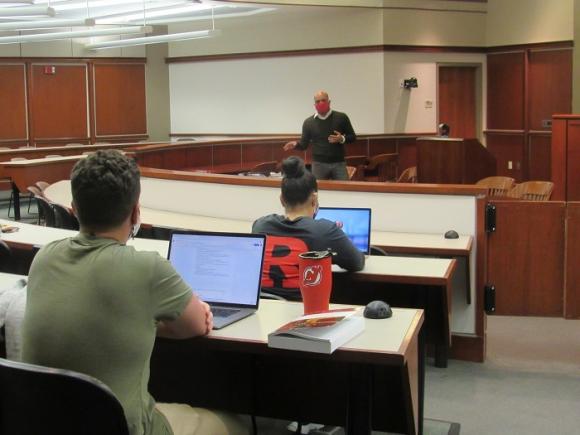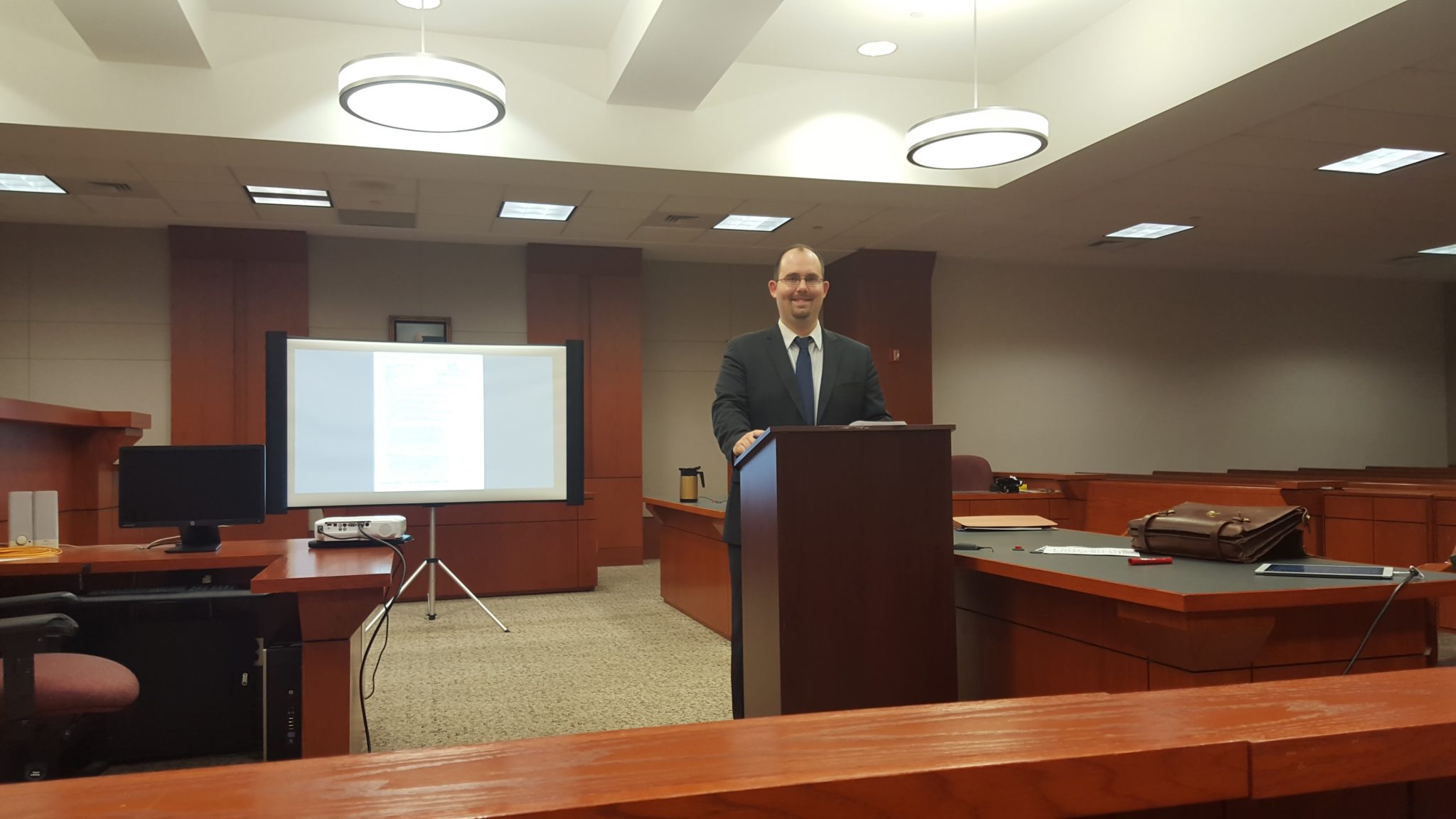Navigating the Intricacies of Test Presentations: Tips for Seamless Distribution and Engaging Disagreements
In the world of legal proceedings, the art of test discussion stands as an essential determinant of success. As lawyers navigate the intricate internet of court room dynamics, the capability to flawlessly deliver debates and evidence while captivating the jury's interest becomes critical. The complexities inherent in trial discussions call for a delicate balance of skill, skill, and approach. By refining methods that make certain a polished delivery and crafting compelling debates that reverberate with the target market, lawyers can significantly enhance their advocacy. In a world where persuasion preponderates, grasping the details of trial presentations is not just an alternative but a need for those seeking to prevail in the court.

Understanding Trial Goals
To efficiently navigate a test, it is vital to have a clear understanding of the purposes that require to be accomplished. Prior to entering the court room, lawful teams must define their objectives and preferred end results. These objectives serve as guiding concepts throughout the trial, forming approaches and influencing decision-making procedures.
Recognizing trial objectives entails a comprehensive evaluation of the case, lawful criteria, and the client's benefits. Trial Presentations. It calls for a precise exam of the realities, determining essential issues, and anticipating potential obstacles. By establishing quantifiable and certain goals, attorneys can tailor their debates and discussions to align with the desired outcomes
In addition, a clear grip of trial objectives enables lawful groups to prioritize proof, witnesses, and lawful disagreements efficiently. It allows for the growth of a meaningful narrative that resonates with the discretionary, reinforcing the overall case discussion.

Organizing Proof Efficiently
Having a clear understanding of test goals lays the foundation for arranging evidence successfully in legal process. By lining up the discussion of evidence with the wanted results of the test, legal groups can enhance their debates and improve their persuasiveness.
An additional crucial element in organizing proof efficiently is developing a logical circulation. Presenting evidence in a consecutive and coherent way can aid build an engaging story that supports the lawful arguments being made. Furthermore, making use of visual help such as timelines, graphes, or graphs can even more improve the company of evidence and help in making clear complex connections or series of events.
Additionally, making certain that all evidence provided is admissible and appropriate to the case is necessary. Unimportant or inadmissible proof can interfere with the strength of the argument and potentially hurt the reputation of today celebration. Consequently, a meticulous review and choice process must be taken on to consist of only the most legally sound and impactful evidence in the trial presentation.
Crafting Convincing Narratives
Crafting compelling narratives plays an essential duty in offering influential arguments during legal proceedings. A well-crafted narrative has the power to captivate the audience, evoke feelings, and ultimately sway the choice for the presenting event. When constructing a story for a test discussion, it is necessary to develop a clear story that highlights vital factors and links them in a meaningful way. Begin by describing the truths of the case in a compelling fashion, making certain that the series of occasions is simple to comply with. Introduce characters properly, offering background details that aids the target market recognize their actions and inspirations. In addition, integrating vibrant descriptions and interesting language can bring the story to life, making it much more memorable for the discretionary. By weaving together proof, statement, and legal debates right into a cohesive and influential story, lawful professionals can effectively support for visite site their clients and raise the probability of a beneficial outcome in the court room.
Grasping Aesthetic Aids
Efficient use visual aids is crucial to enhancing the impact and clearness of test presentations. Aesthetic help, when made use of strategically, have the power to streamline intricate information, reinforce crucial factors, and leave a lasting impression on the discretionary. To understand aesthetic aids in trial presentations, it is vital to make certain that they are clear, concise, and relevant to the disagreements being made.
When integrating aesthetic help, such as graphes, charts, timelines, or pictures, right into a trial discussion, it is important to maintain them aesthetically appealing yet specialist. The visuals need to enhance the spoken debates, giving an aesthetic depiction of the details being reviewed without frustrating the target market with unneeded information.
Additionally, exercising with the visual aids beforehand is crucial to make sure a smooth shipment during the trial. Acquainting oneself with the web content, changes, and timings of each visual aid can help keep the circulation of the discussion and avoid technical problems that might develop.
Providing Impactful Closing Arguments
A compelling closing debate works as the culmination of a trial discussion, encapsulating the core narrative and encouraging the court and jury towards a desirable decision. To deliver an impactful closing debate, it is vital to succinctly evaluate bottom lines, highlight the toughness of your situation, and address any kind of weaknesses in a strategic fashion. Begin by detailing the main debates that support your customer's setting, emphasizing why the proof presented throughout the test supports your story. It is necessary to create a sense of communication and clarity, assisting the discretionary towards the wanted conclusion.
Additionally, including psychological allure can further strengthen your closing disagreement. Eventually, a well-crafted closing disagreement must leave a long-term impact, engaging the judge and jury to rule in your client's favor.
Conclusion
To conclude, mastering trial presentations involves understanding objectives, organizing proof, crafting stories, making use of aesthetic help, and providing impactful closing disagreements. By executing these techniques efficiently, lawyers can present their case seamlessly and make engaging debates in the court. It is vital to navigate the complexities of trial discussions with accuracy and skill to achieve success in lawful proceedings.
By straightening the presentation of proof with the wanted outcomes of the test, legal teams can reinforce their debates and improve their try this site persuasiveness (Trial Presentations). To master aesthetic help in trial discussions, it is critical to make certain that they are clear, succinct, and relevant to the disagreements being made
A compelling closing argument offers as the end result of a test presentation, enveloping the core narrative and persuading the court and jury towards a beneficial choice. Begin by describing the major debates that sustain your client's placement, highlighting why the evidence provided throughout the trial sustains your narrative.In final thought, understanding more info here trial presentations includes understanding goals, organizing proof, crafting stories, using aesthetic aids, and supplying impactful closing arguments.